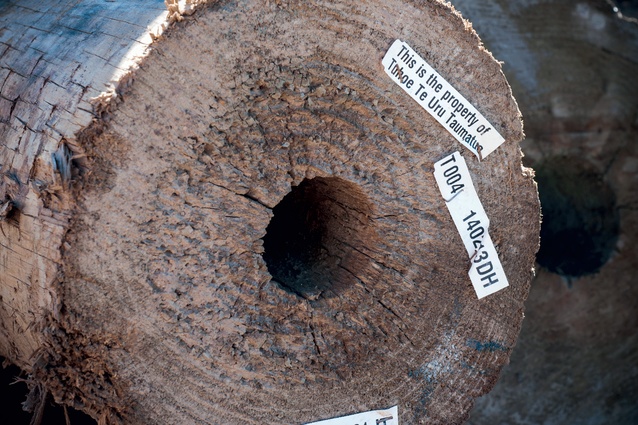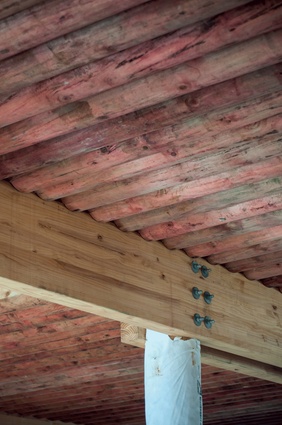Clean living
As New Zealand‘s first living building, Te Wharehou O Tuhoe, nears completion, the challenges have stacked up, particularly in relation to the sourcing of green materials. The Living Building Challenge (LBC) defines the most advanced measures of sustainability in the built environment, and is comprised of seven ‘petals’ or performance areas, one of which is materials.
Jasmax architect Michelle Johansson said the intent of the materials petal was to advocate for a successful materials economy that was non-toxic, transparent and locally sourced, where possible. “Throughout their lifecycle, materials are responsible for many adverse environmental issues including illness, squandered embodied energy, pollution, and resource depletion,” she said. “The LBC advocates for a future where all materials in the built environment have no negative impact on human and ecosystem health.”
Ms Johansson is leading the charge to ensure all materials used on Tu-hoe’s new headquarters are LBC compliant, working closely with Arrow International, Beca and Tricia Love Consultants. “Tracking the materials was like taking a normal specification and slicing it sideways, going into every single detail,” she said.
For example, a glazed window had to be broken down into types of glass, the spacer bars and gaskets, and every part had to be individually analysed to make sure it was compliant. The Tuhoe building is utilising nearly 400 architectural materials and components, 200 services materials, and 160 contractor materials, all of which need to researched and then signed off by the LBC.
Ms Johansson has talked to more than 300 manufacturers so far. “It’s where real transformational change is taking place because we have such detailed conversations. Most of them really appreciate us taking the time to know so much about their products, but we also challenge them to be honest, transparent and helpful.
For some, it is the first time they have been asked, ‘what’s in it?’. We are really at the coalface here.” The building is due for completion in December, but it will have to be operational for 12 months before it can be certified as a living building.











